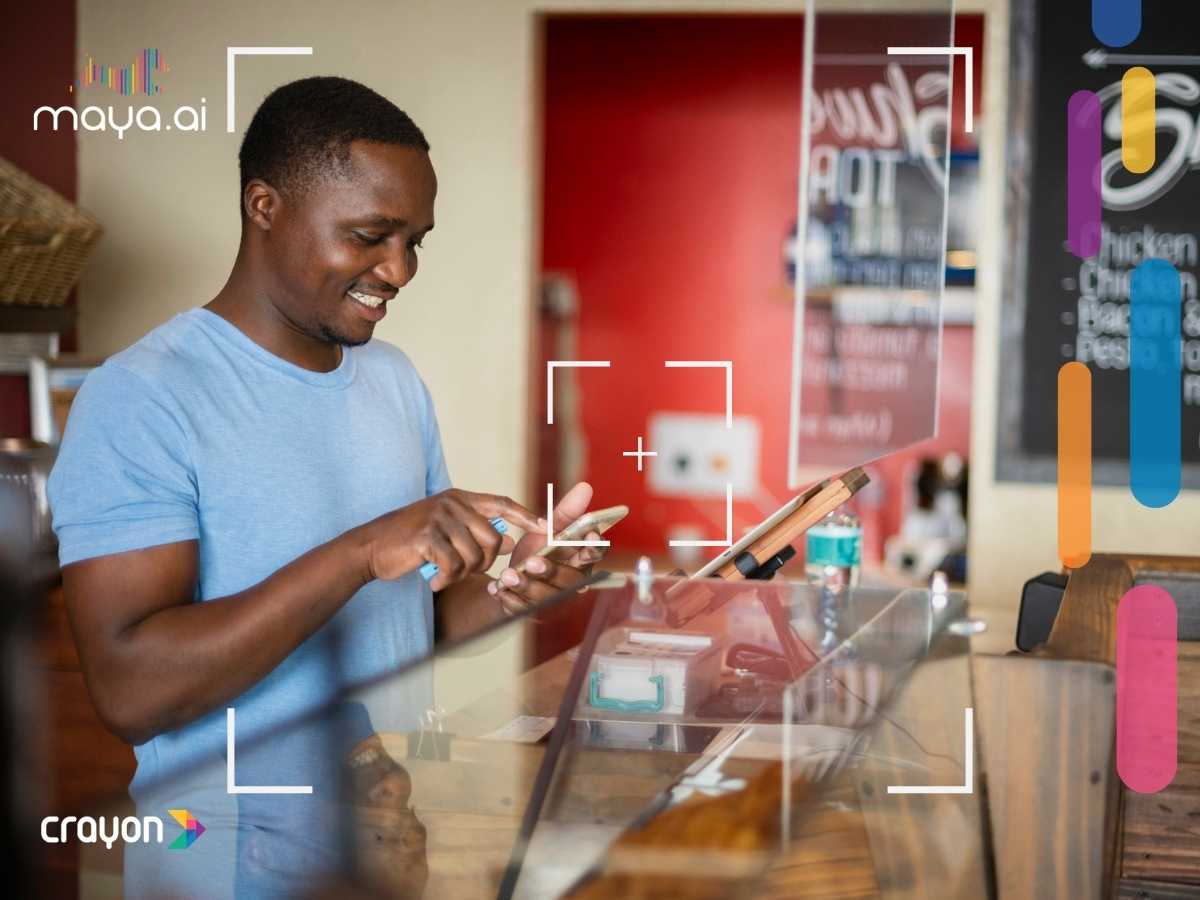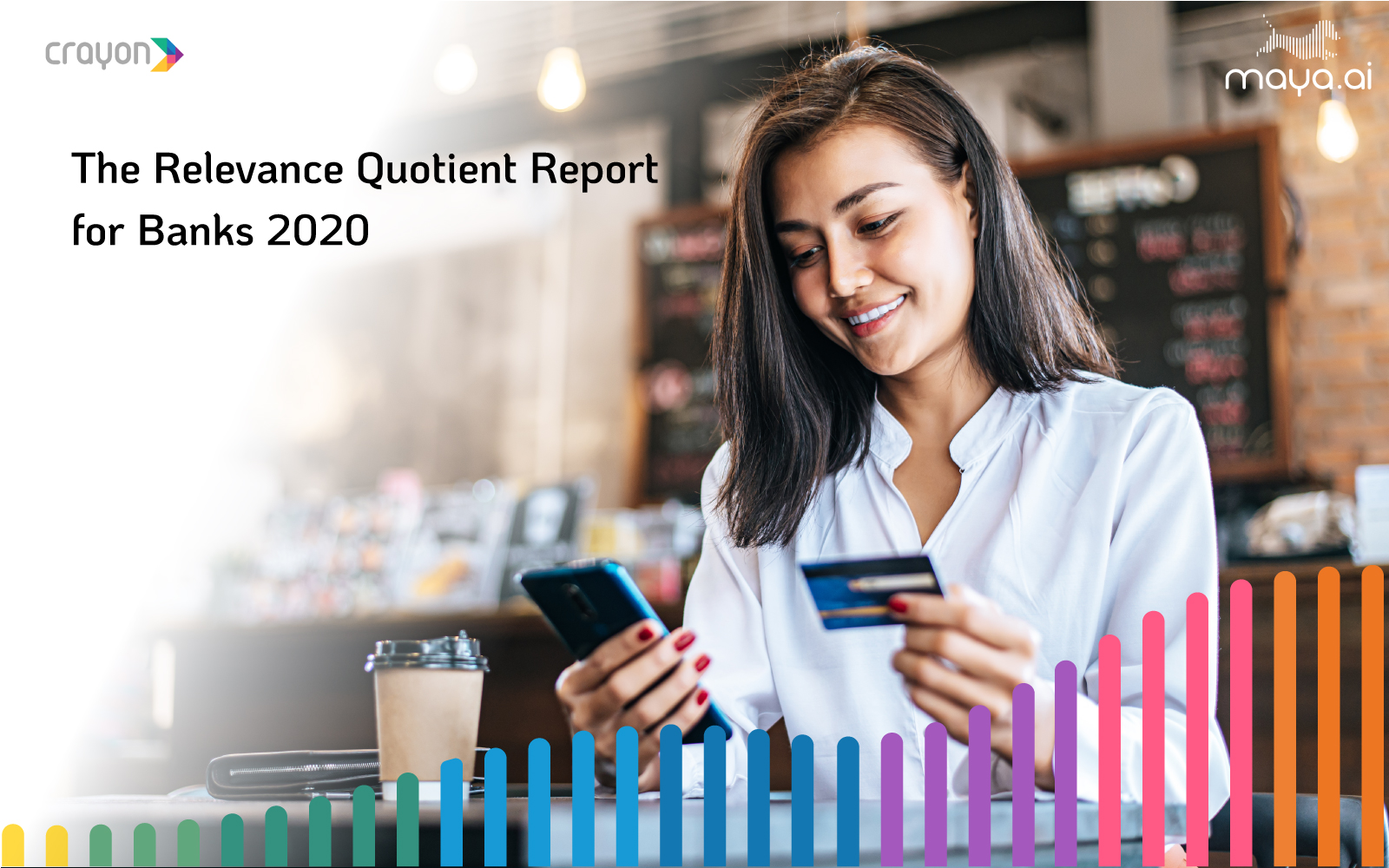Today’s banking customers are digital natives. Irrelevance annoys them. Studies show that 85% expect personalized services, while 67% expect personalized experiences. And in the wake of the pandemic, digital wallets and neobanks have stepped in to fill in these demands.
Banks that are early adopters to this age of relevance can be part of an 800 Bn USD personalization-led shift in revenue. Are banks in Southeast Asia (SEA) ready for the change?
Internet for everyone
Across the board, SEA has a mid-to-high range of internet penetration, and varying levels of banked populations. It is a study of contrasts.
For instance, Philippines has a young, net-savvy population with 67% accessing the internet. However, only 25% of the country has bank accounts. Indonesia has 175 Mn Internet users, the highest in the region. But it is also one of the world’s largest unbanked populations, with 180 Mn not having bank accounts. In Vietnam, 70% access the internet, but only 30% have bank accounts.
Singapore, Malaysia, and Thailand rank high on both counts. This combination – a highly banked population with high internet access – has quickly adopted digital financial options.
The rise of digital wallets
During the pandemic, payment through digital wallets has emerged as the most convenient choice. Customers have it easy – whip out their phone and tap a few keys to complete a transaction.
Most nations in the SEA region are spoiled for choice in this sector. And it’s not just for e-commerce or transferring money. It’s also for point-of-sale transactions. Over the past couple of years, they have overtaken credit cards in markets like Philippines and Thailand.
Neobanks to the fore
Easy to use. Personalized experiences. Low user fee. What’s not to love about these fintech players? Countries in SEA are on the cusp of a digital revolution. And most governing bodies are taking note and creating a favorable financial ecosystem.
- Singapore began issuing digibank licenses in January 2021.
- Malaysia had 29 applicants for a maximum of five licenses.
- The Central Bank in Philippines is aiming for 50% of retail transactions to go digital by 2023. And traditional banks are seeking digital licenses to set themselves up for a bigger share-of-wallet.
On the other hand, Thailand is yet to reveal a roadmap for neobanks. Indonesia – a potential market of 83 Mn – does not offer license to digital-only banks, so there’s a race to acquire smaller banks to act as digital arms. Vietnam could be a favorable market for first movers, as they have plans to achieve 90% financial inclusion by 2030.
The future for traditional banks
As customer expectations change rapidly, legacy enterprises struggle to keep up. Crayon Data’s Relevance Quotient (RQ) is a proprietary framework used to analyze offers on bank websites and social media presence. When we evaluated banks across the SEA region, we found that less than 1% delivered personalized offers.
For more details on how banks in each country fare on the RQ scale, head here:
- Philippines
- Indonesia
- Malaysia
- Singapore
- Vietnam
- Thailand
Solutions like Crayon’s AI-led personalization platform, maya.ai, can help create unique and relevant customer experiences. Going from data to digital can be achieved in two weeks. And being GDPR compliant and ISO 27001 certified, the platform doesn’t use personally identifiable information (PII).
Want to know more? Click here to talk to our personalization experts today!





















